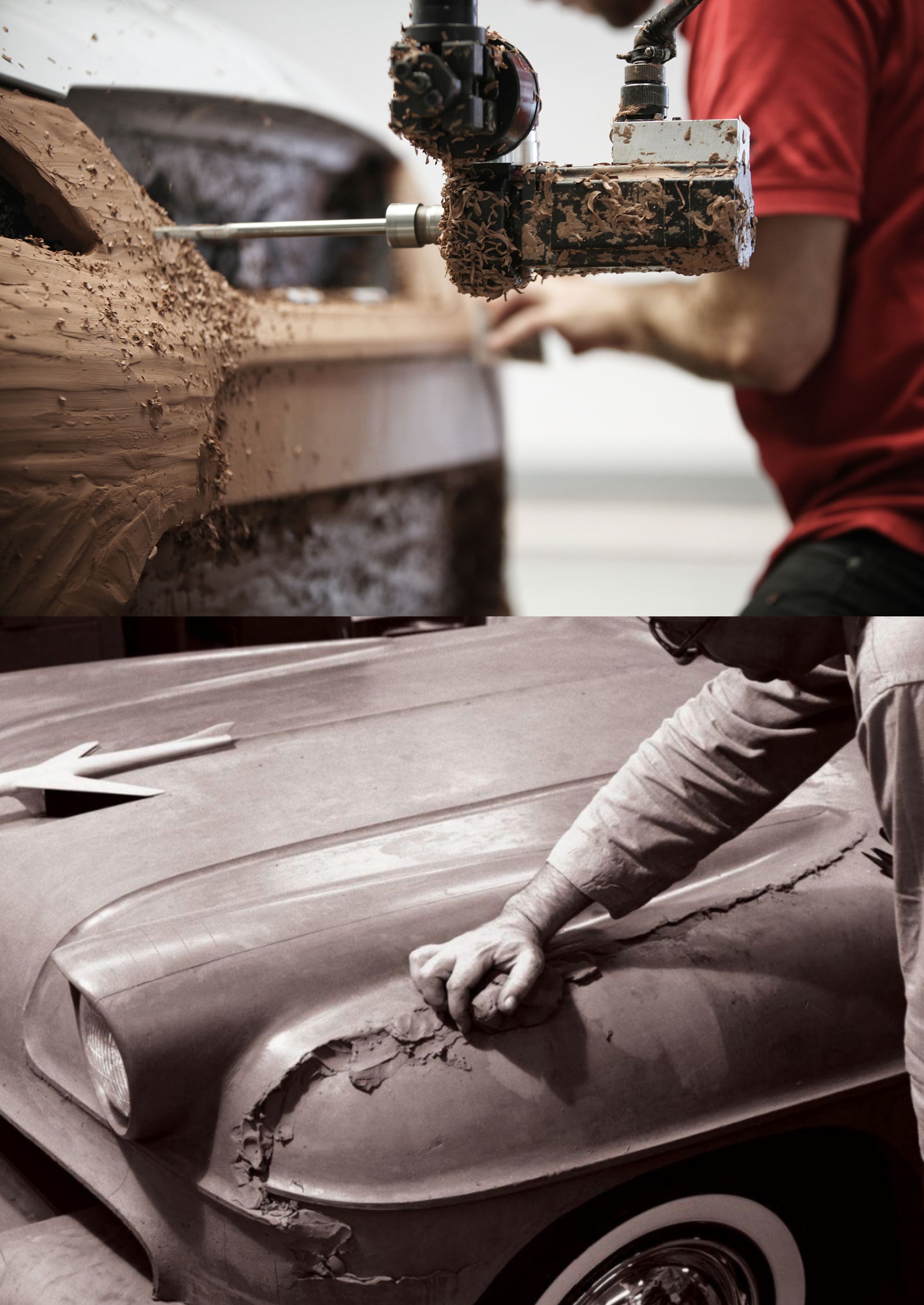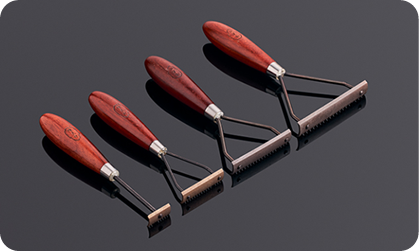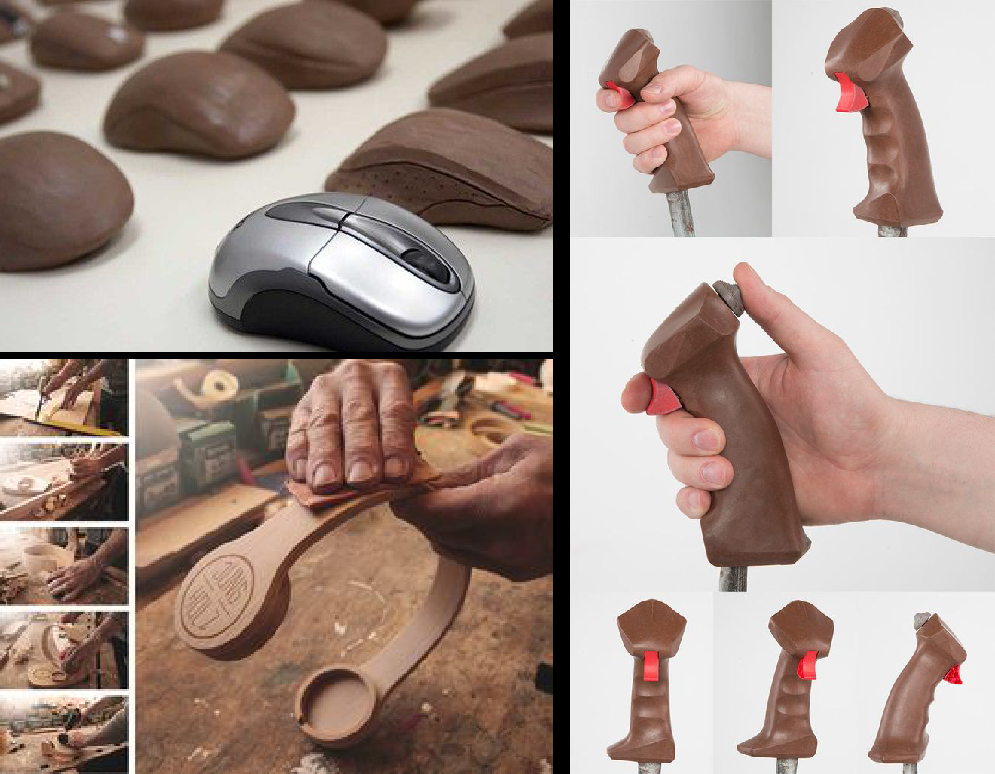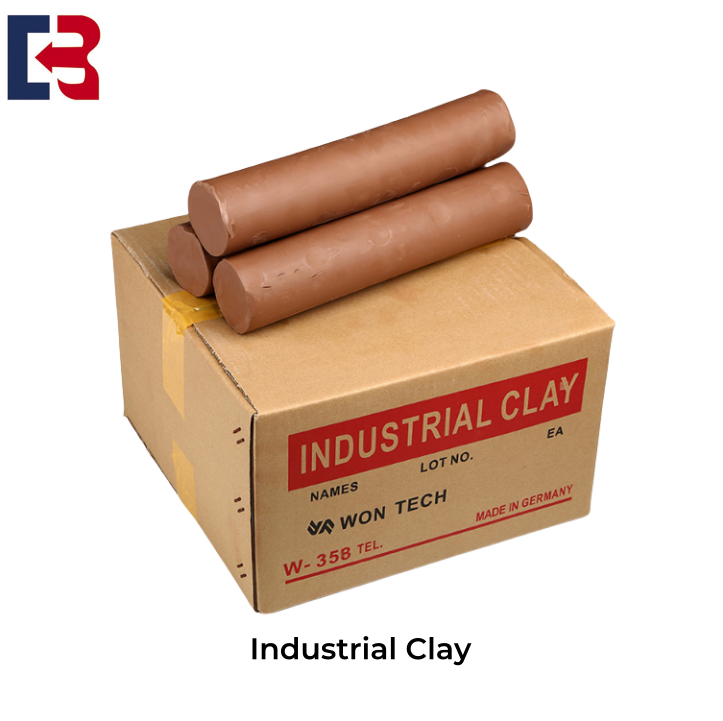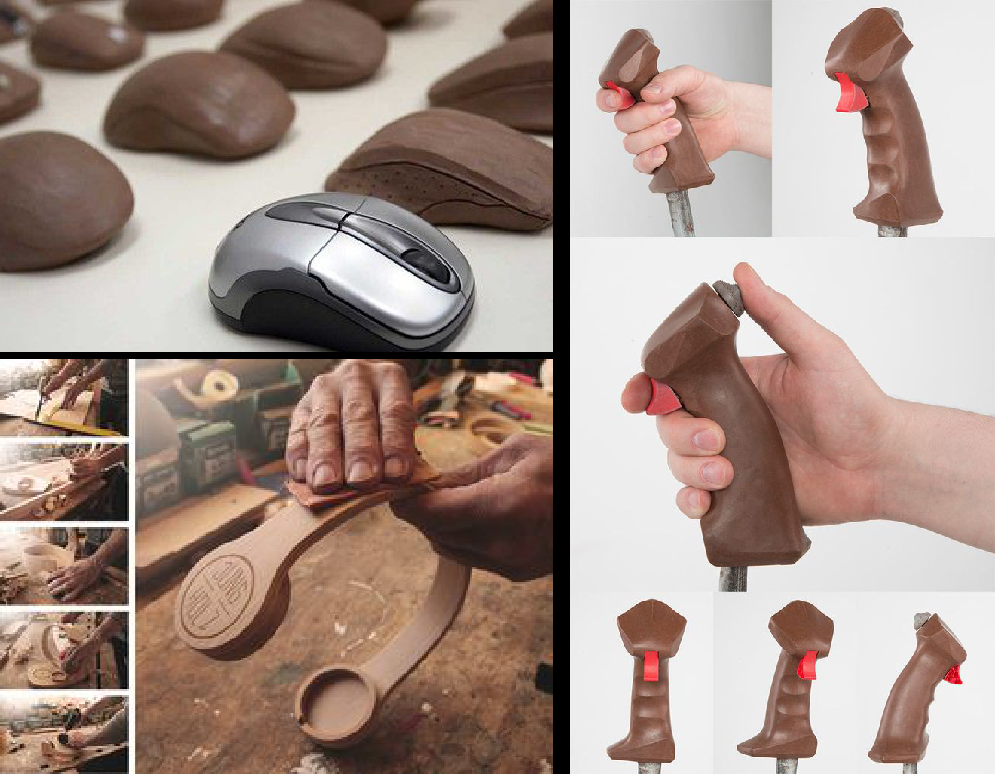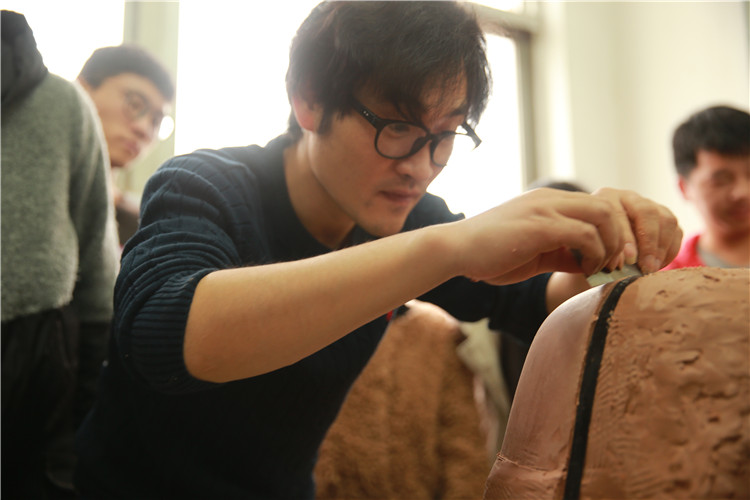
 Apr 01,2024
Apr 01,2024
 BOMI SHANGHAI
BOMI SHANGHAI
 388
388
When people think of automotive design, their minds often leap to bold lines, futuristic headlamps, or a paint finish that seems alive under sunlight. Yet behind every seductive curve lies a second story: cost. The modern car is not just a rolling sculpture; it is a carefully managed economic equation. In today’s market, aesthetics and cost control are not opposing forces but interwoven strands of the same DNA.
From the sweeping streamlines pioneered in mid-20th century Italy to today’s sculpted SUVs, exterior form has always shaped our emotional connection to cars. Aerodynamics, once hidden in wind tunnels, is now an essential part of visual drama. A smooth nose, a taut roofline, a tucked-in tail—all serve the physics of airflow while communicating agility and modernity
Color, meanwhile, has evolved from simple styling choice to functional and emotional code. Bright whites and silvers enhance visibility at night, while deep blacks and reds deliver psychological impact—authority, passion, or speed. And in the age of electrification, green hues or earth tones have emerged as symbols of sustainability, aligning a car’s paintwork with its powertrain
But design freedom is always framed by cost realities. Every curve adds tooling complexity, every premium finish requires careful budget alignment. For automakers locked in fierce global competition, the pressure to keep vehicles affordable while delivering distinctive design is relentless. Cost, as industry insiders like to say, is designed in—not added later.
According to research, the majority of a car’s lifetime cost is already determined in the design and development stage
(1). Material choices, component strategies, and platform modularity shape not just the look and feel of a vehicle, but also its profit margin. Neglecting cost-conscious design early on can leave little room for correction once production begins.
R&D spending often accounts for more than 10% of revenue in major automotive firms
.
This includes concept planning, prototype building, and testing—each stage carrying not only creative opportunity but financial risk. Strong cost control in R&D ensures that bold new designs don’t tip over into economic liability. Increasingly, manufacturers deploy digital simulations, cost benchmarking, and historical data analysis to keep creativity within realistic financial boundaries.
New materials embody both beauty and cost challenges. Carbon fiber delivers unmatched lightness and strength, enhancing aerodynamics and aesthetics, but comes at a premium. Aluminum alloys promise durability and efficiency but demand careful supply-chain cost planning. Meanwhile, eco-materials like bamboo fiber or plant-based plastics offer sustainable appeal, yet often require investment in novel processing technologies
Surface finishing, too, is both art and expense. High-gloss metallics and advanced matte coatings project individuality but require specialized spraying or anodizing processes. Automakers must weigh these investments against market positioning: a luxury EV can justify bespoke finishes; a mass-market sedan may not.
Beyond materials, components form the backbone of cost management. Every nut, seat frame, and infotainment module represents both an engineering choice and a financial one. Effective collaboration between OEMs and suppliers ensures economies of scale and innovation synergy. Strategies like modular design, platform sharing, and standardized components reduce costs while preserving room for stylistic variation
Take, for example, two-tone exteriors—an increasingly popular trend among younger buyers. While visually striking, they demand additional masking, painting, and quality checks, raising production costs. Some automakers offset this by standardizing roof modules across multiple models, balancing individuality with efficiency.
Target costing is a discipline often invisible to customers but vital to automakers. Companies begin by setting a market price and desired profit margin, then reverse-engineer a cost ceiling for development. Design teams must align every choice—whether in sculpting body panels or specifying LED clusters—to that target. The process enforces discipline, ensuring beauty doesn’t bankrupt the balance sheet
Emerging technologies like electrochromic paint—cars that can change color with a tap—illustrate the evolving tension between art and economics. On one hand, such innovations expand design freedom beyond imagination. On the other, they raise questions: Will customers pay for it? Can the technology scale affordably? In a hyper-competitive EV landscape, only those innovations that balance spectacle with sustainability will survive
Automotive design is often portrayed as a duel between engineers and accountants, artists and managers. In reality, it is a partnership. Form and cost, color and budget, artistry and economics—they are strands of the same helix. The most successful cars of the coming decade will be those that make this marriage invisible: vehicles that dazzle on the street while quietly meeting profit targets in the boardroom.
In the end, the real artistry of car design lies not just in what you see, but in the unseen equilibrium between vision and viability.

